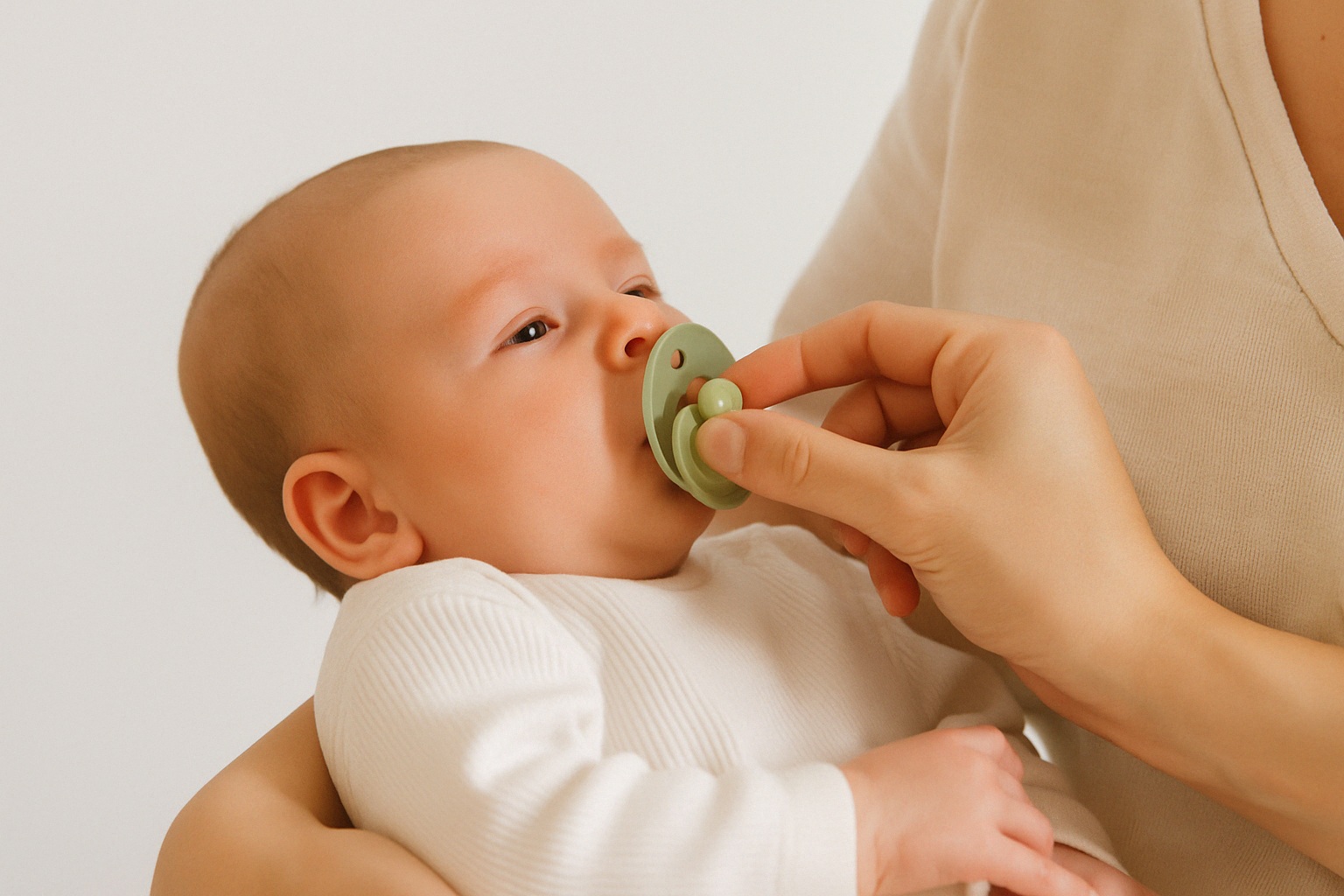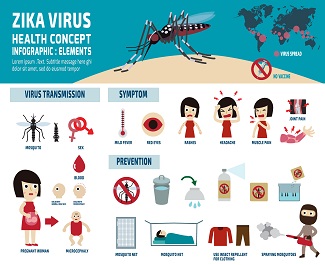Pacifiers can be a helpful soothing tool for babies—but when should you offer one, and how can you use it safely? This article covers the benefits, timing, tips, and precautions every parent should know before introducing a pacifier to their newborn or infant.
Benefits of Using a Pacifier
- Soothing comfort: Sucking is a natural reflex that helps calm babies when they're fussy, tired, or overstimulated.
- Sleep aid: Pacifiers may help babies fall asleep and stay asleep longer.
- Pain relief: Sucking on a pacifier can help relieve discomfort during travel (like ear pressure on flights).
- Reduced risk of SIDS: Studies suggest pacifier use during sleep may reduce the risk of sudden infant death syndrome (SIDS).
When to Introduce a Pacifier
The timing depends on how you are feeding your baby:
- If breastfeeding: Wait until breastfeeding is well established—typically after 3 to 4 weeks—before introducing a pacifier. This helps avoid nipple confusion and protects milk supply.
- If formula feeding: You may offer a pacifier sooner, even in the first few days, as long as baby is feeding well and gaining weight.
How to Introduce a Pacifier
- Choose a pacifier appropriate for your baby's age (0–6 months or 6+ months).
- Offer the pacifier when your baby is calm or winding down—not when they are very hungry or upset.
- Gently touch it to the baby's lips to encourage sucking. If baby refuses, try again later—don't force it.
- Use it mainly for soothing (e.g., sleep time, car rides), not as a replacement for hunger or attention.
Safety Tips for Pacifier Use
- Always choose a one-piece pacifier with ventilation holes.
- Keep it clean—wash regularly and replace every 4–6 weeks or if damaged.
- Don't dip pacifiers in sugar, honey, or any sweet substances.
- Never tie a pacifier around baby's neck or crib with a string—it's a strangulation risk. Use clips with short, safe tethers.
- Offer the pacifier at nap and bedtime—but don't force it if baby doesn't want it.
When to Wean Off the Pacifier
Most pediatricians recommend weaning by around 12 to 18 months to prevent dental issues and dependency. Some children wean naturally, while others need gentle encouragement. Start limiting use to sleep times, then gradually reduce until it's no longer needed.
Signs Baby Might Not Need a Pacifier
- Baby self-soothes with fingers, thumb, or a comfort object
- Baby is easily comforted by rocking or cuddling
- Pacifier use becomes more disruptive than helpful (e.g., waking up every time it falls out)
Conclusion
A pacifier can be a useful tool in your parenting toolkit, especially for soothing your baby during fussy moments or naps. Introduce it at the right time, monitor its use, and follow safety guidelines to ensure it remains a helpful aid—without becoming a habit that's hard to break later on.



